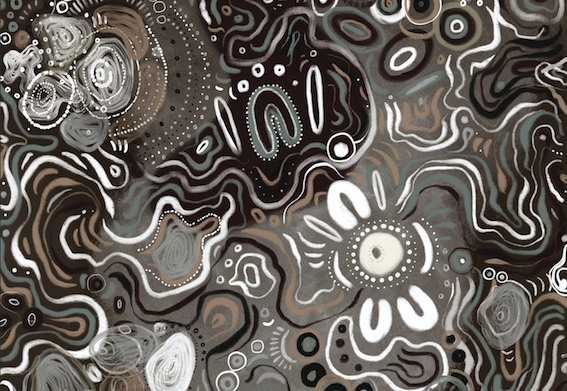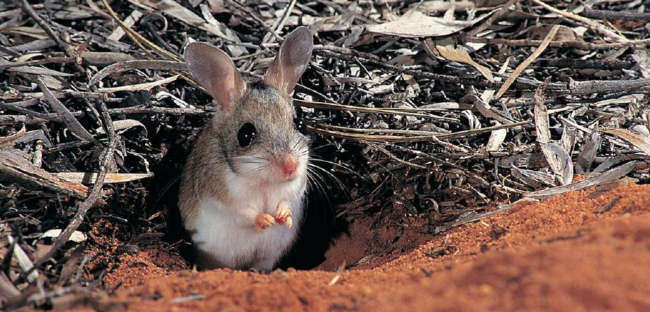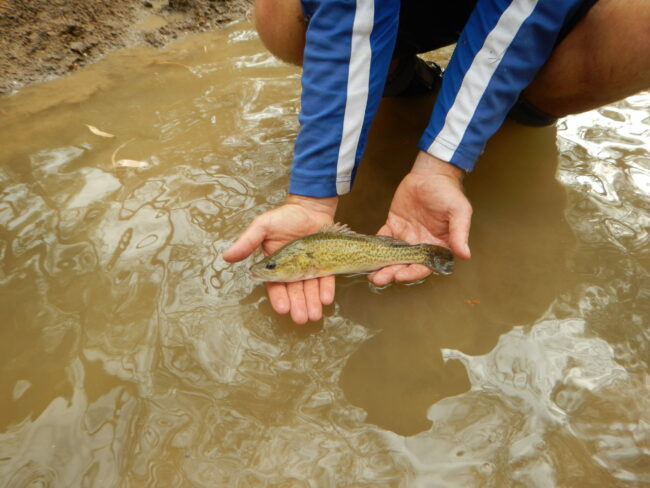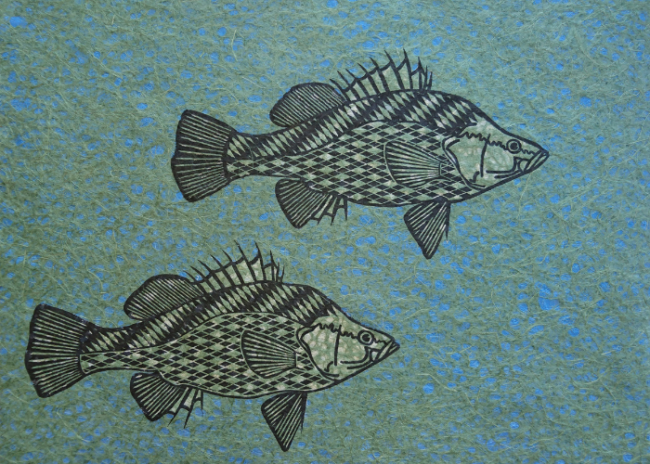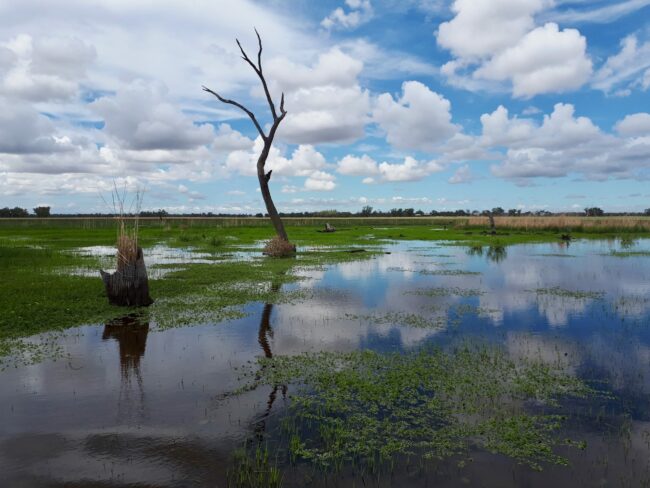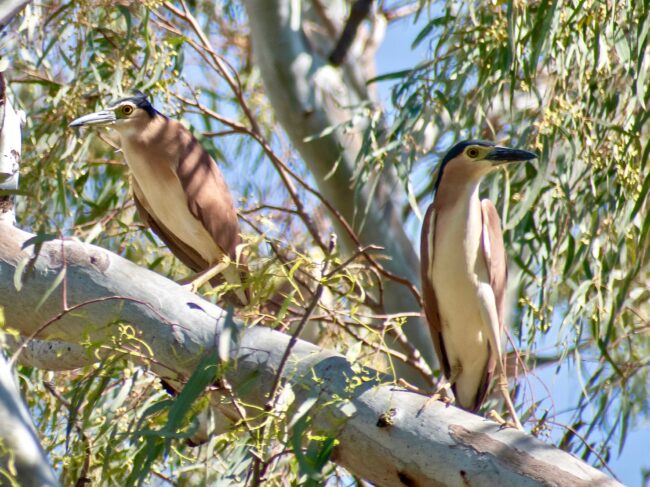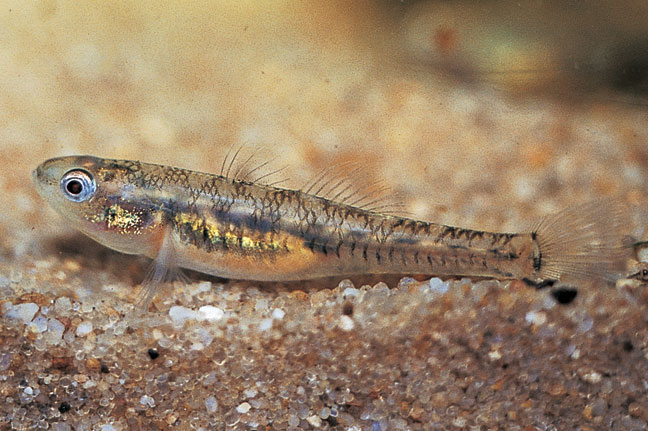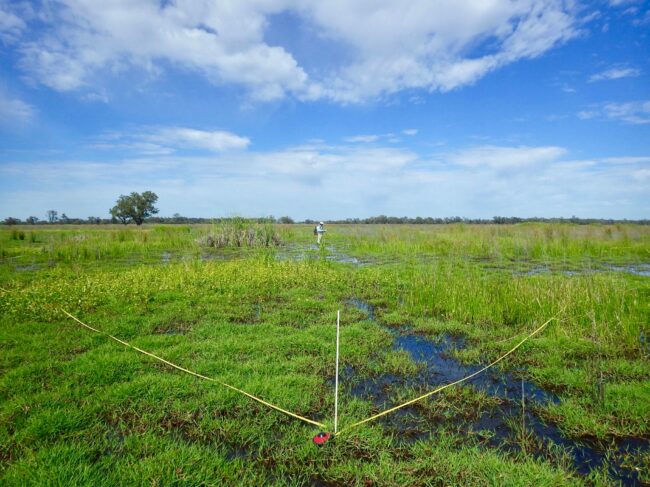Lakkari Art: Hydrology
Hydrology is the science of Earth’s water, particularly its properties and movement in relation to the land. We collaborated with Gamilaroi Yuwaalaraay artist, Lakkari Pitt, to help us portray the hydrology of the rivers and landscapes we study. We love the artwork and stories she produced.

